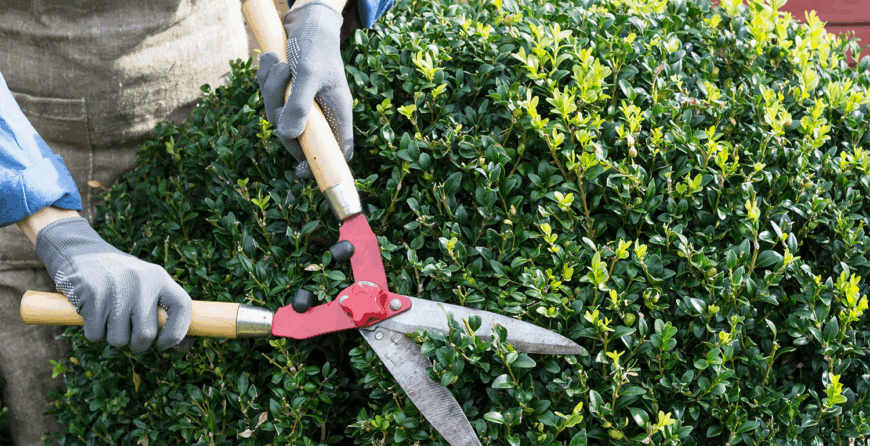Having a lush garden filled with vibrant plants and flowers is a dream for many homeowners. However, achieving that dream requires knowledge, care, and attention to detail. At Doctor Green Lawn Care, LLC, we believe that understanding essential plant care techniques is key to cultivating a thriving garden. In this post, we’ll explore fundamental plant care essentials that will help your garden flourish throughout the seasons.
1. Know Your Plant Types
The first step in effective plant care is understanding the types of plants you’re working with. Different plants have unique requirements for sunlight, water, soil, and nutrients. Take the time to research the specific needs of your plants, including whether they are annuals, perennials, or biennials. This knowledge will guide all your care decisions.
2. Soil Health Matters
Healthy soil is the foundation of a flourishing garden. Make sure to test your soil to determine its pH level and nutrient content. Based on the results, you may need to amend your soil with organic matter, such as compost or well-rotted manure, to improve its fertility and structure. Well-aerated soil allows roots to breathe while retaining moisture and nutrients.
3. Water Wisely
Watering is crucial for plant health, but it’s essential to do it correctly. Plants prefer deep, infrequent watering over shallow, frequent watering. This encourages stronger root systems. Water early in the morning or late in the afternoon to minimize evaporation. Always check the soil moisture before watering; many plants can thrive on less water than you might think.
4. Fertilize Appropriately
Fertilization is vital for providing the nutrients that plants need for growth. Use a slow-release fertilizer, which provides a steady supply of nutrients over time. When fertilizing, be sure to follow the manufacturer’s instructions to avoid over-fertilization, which can harm your plants. Pay attention to seasonal needs; for example, a high-nitrogen fertilizer in spring can encourage leafy growth.
5. Prune for Health
Pruning not only shapes your plants but also promotes their health. Dead or diseased branches should be removed promptly to prevent the spread of pathogens. Pruning also encourages new growth and improves air circulation, reducing the risk of disease. Familiarize yourself with the best times and techniques for pruning different types of plants.
6. Monitor for Pests and Diseases
Regularly inspect your plants for signs of pests and diseases. Early detection is key to managing issues effectively. If you spot any problems, take action promptly—this could mean handpicking pests, using organic pesticides, or altering cultural practices to prevent future infestations. Remember, healthy plants are more resistant, so keeping up with care practices is essential.
7. Mulching Techniques
Mulching offers numerous benefits for your plants. A layer of mulch helps retain soil moisture, suppress weeds, and regulate soil temperature. Organic mulches, like wood chips or straw, also decompose over time, adding nutrients back into the soil. Be sure to keep mulch a few inches away from the plant stems to prevent rot.
By incorporating these plant care essentials into your gardening routine, you can create a healthy and vibrant landscape that brings joy and beauty to your home. Whether you’re a seasoned gardener or just beginning your journey, Doctor Green Lawn Care, LLC is here to assist you. From plant selection to ongoing maintenance, we can help you cultivate a flourishing garden that thrives all year round.
For more tips and expert advice on plant care and landscaping, keep following our blog, and don’t hesitate to reach out for personalized services! Let’s grow your dream garden together!


